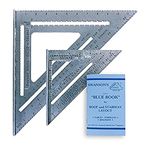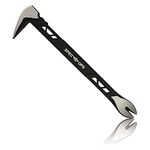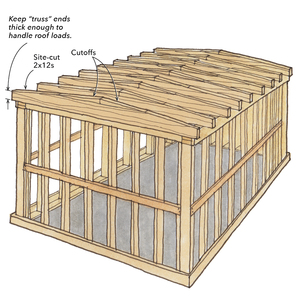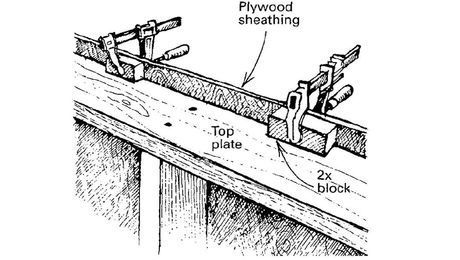Q:
I have a chance this fall to cut some yellow poplar off a strip of land being cleared, and I plan to use this wood to build a house. Where can I get information regarding allowable spans for poplar? Also, if I air dry the lumber, how would it compare with kiln-dried lumber?
Zestrell A. Turner, Rockvale, TN
A:
Christopher F. DeBlois, a structural engineer with Palmer Engineering in Atlanta, Georgia, replies: Whether or not span tables are handy, you can always go back to basics and calculate the allowable loads and spans by the same method used to formulate the tables. The first required reference is National Design Specification for Wood Construction (NDS), published by the American Forest and Paper Association (1250 Connecticut Ave., N. W., Suite 320, Washington, D. C. 20036; 202- 463-2700). The latest version was just printed this past January. It contains all the formulas and design criteria that govern virtually every aspect of structural design with wood. In addition, Design Values for Wood Construction, a supplement to NDS, lists the basic allowable stresses for every major species, size and grade of dimension lumber. The set costs $25.
The other side of this business involves cutting, drying, finishing and grading the lumber. Once the lumber is rough cut, be sure it is thoroughly dried before milling it to finished dimensions. As for kiln drying vs. air drying, dry is dry. Kiln dried or air dried, the strength of the lumber will be the same for the same moisture content. However, drying lumber in a kiln kills bugs in the lumber; air drying doesn’t. Either way, it is important that the lumber’s moisture content be no more than 19% because the wetter the lumber, the lower its load-bearing capacity. As the lumber dries to below 19%, twisting, warping and cupping are likely to occur—better to let them happen in your drying stacks before finishing than in your new house afterward.
Finally, you must have the lumber graded. Section 1701.4.1 of the 1991 Standard Building Code and sections R-402.1, R-602.1 and R-702.1 of the 1989 CABO One and Two Family Dwelling Code require that any lumber used for load-supporting purposes be identified by the grade mark of an approved lumber grading or inspection agency or by a certificate of inspection providing the same information. Approved agencies are those certified by the American Lumber Standards Committee. Two agencies in your area that are likely to have either a mill where your lumber can be graded or a traveling representative who can grade the lumber at your site are the Southern Pine Inspection Bureau (4709 Scenic Highway, Pensacola, Fla. 32504; 904-434-2611) and Timber Products Inspection (P. O. Box 919, Conyers, Ga. 30207; 404-922-8000).
Fine Homebuilding Recommended Products
Fine Homebuilding receives a commission for items purchased through links on this site, including Amazon Associates and other affiliate advertising programs.

Speed Square

Protective Eyewear

11" Nail Puller

























